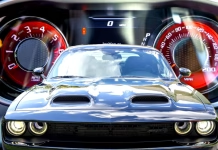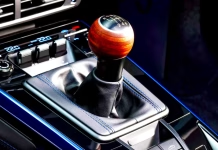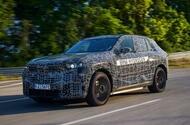Supercar fire destroys five exotics in Chattanooga transporter blaze

Best Diesel Company Cars Top Picks for Efficiency and Long-Distance Comfort
 Diesel isn't dead yet for company car drivers
Diesel isn't dead yet for company car drivers
Diesel company cars used to be everywhere, ruling the roads and clogging-up corporate car parks across the country. Thanks to their tax-bustingly low C02 emissions and fuel-sipping efficiency figures, these compression ignition machines were hugely popular with both the fleet managers that paid for them and the user choosers that drove them.
However, the combination of the diesel gate scandal and the Government’s efforts to make the car industry go all-electric has meant derv-drinkers have fallen well out of favour with businesses wanting to offer four-wheeled perks to their employees.
And yet despite the stain on its reputation, diesel still makes a lot of sense. Sure, the Benefit-in-Kind (BIK) rates can still make your eyes water, but for those that spend a lot of time on the road there’s nothing more comforting than seeing a ‘range to empty’ read out of more than 500 miles. Then there’s the trademark welt of mid-range muscle that makes the diesel one of the few run-of-the-mill internal combustion engines to match electric cars for instant torque.
Of course, these machines are becoming harder to find on manufacturer’s price lists, but look hard and you will find them. So here’s our pick of the best of these increasingly rare company car choices.
BMW X5 debuts with five powertrains including advanced hydrogen model for 2028
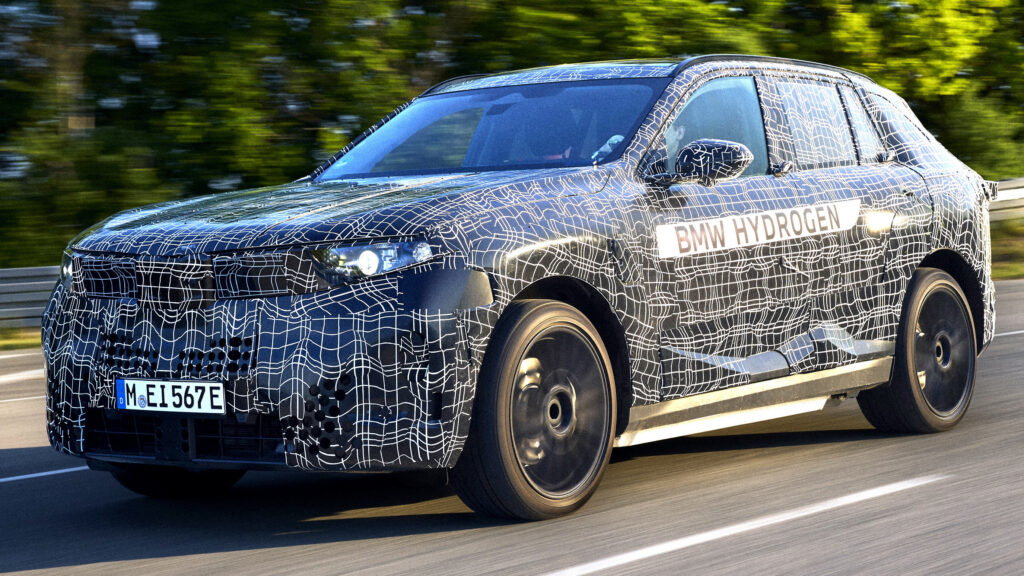
Rent Bike Insurance Fails to Protect Drivers After Hit and Run Accidents
 Jack Evans' Kia Picanto was recently hit by a Lime rider – but he has found it hard to claim the £500 repair cost
Jack Evans' Kia Picanto was recently hit by a Lime rider – but he has found it hard to claim the £500 repair cost
With more than 50,000 rental e-bikes now in London alone, many used by inexperienced riders, motorists are at risk of accidents that aren't their fault – but, as one has learned, this can be difficult to prove.
Unlike cars, rental bikes have no registration plates, so they can't be readily identified. However, to ensure redress is obtained for anyone in an accident involving them, rental companies insure them against third-party claims.
Transport for London, operator of the capital's Santander-branded e-bikes, does so to the value of £5 million, with a £250 excess. Voi, another operator, provides third-party insurance up to £10m; Lime insures up to £11.6m.
In the event of an accident involving a third party, e-bike renters are required to exchange details and notify their rental operator. Santander also requires riders to notify the police and obtain a crime reference number.
Recently, Jack Evans, 30, was stationary at traffic lights in Forest Hill, London in his Kia Picanto when a Lime e-bike collided with its passenger door.
However, rather than sharing their details and notifying the rental company, the rider remounted their e-bike and left the scene.
“It happened so quickly,” said Evans. “The rider’s head struck the passenger side window, but before myself or my wife could react, they had gone.”
The passenger door was damaged in the incident and Evans has been told that repairing it could cost around £500.
He contacted Lime to report the incident but was told that without the rider’s details, the company was unable to pursue his claim.
A spokesperson for Lime told Autocar that the company purchases third-party liability insurance on behalf of riders and that it ‘encourages’ anyone who has an accident involving a Lime e-bike to report the incident by contacting its customer service team.
Autocar asked Lime how many reports of accidents involving its e-bikes damaging property it receives each year and how many have been reported where the rider has not given their details. However, despite repeated requests, the company failed to answer our questions.
Meanwhile, medics claim to be experiencing a rise in patients with lower-leg injuries suffered as a result of accidents sustained while riding rental e-bikes.
Alex Liddle, a consultant orthopaedic surgeon specialising in hip and knee surgery at King Edward VII’s Hospital in London, told The Telegraph: “It’s a really common cause of leg injuries today. [The riders] are people who lose balance and fall off, and riders who are just about to stop or are stationary but the bike falls on them.”
Liddle said a lot of sufferers were inexperienced riders unfamiliar with the weight of the e-bikes (many weigh around 35kg, compared with 10kg for a traditional pedal bike). “They need to know how heavy they are so they don’t stop suddenly on them,” he added.
Seagull Smashes Car Window With Clam in Unusual Parking Lot Mishap

Rental e-bikes spark hit and run headaches for motorists and rising injury risks
 Jack Evans' Kia Picanto was recently hit by a Lime rider – but he has found it hard to claim the £500 repair cost
Jack Evans' Kia Picanto was recently hit by a Lime rider – but he has found it hard to claim the £500 repair cost
With more than 50,000 rental e-bikes now in London alone, many used by inexperienced riders, motorists are at risk of accidents that aren't their fault – but, as one has learned, this can be difficult to prove.
Unlike cars, rental bikes have no registration plates, so they can't be readily identified. However, to ensure redress is obtained for anyone in an accident involving them, rental companies insure them against third-party claims.
Transport for London, operator of the capital's Santander-branded e-bikes, does so to the value of £5 million, with a £250 excess. Voi, another operator, provides third-party insurance up to £10m; Lime insures up to £11.6m.
In the event of an accident involving a third party, e-bike renters are required to exchange details and notify their rental operator. Santander also requires riders to notify the police and obtain a crime reference number.
It is illegal to ride any cycle, including an e-bike, on the road while under the influence of drink or drugs, and doing so is not covered by e-bike insurance.
Recently, Jack Evans, 30, was stationary at traffic lights in Forest Hill, London in his Kia Picanto when a Lime e-bike collided with its passenger door.
However, rather than sharing their details and notifying the rental company, the rider remounted their e-bike and left the scene.
“It happened so quickly,” said Evans. “The rider’s head struck the passenger side window, but before myself or my wife could react, they had gone.”
The passenger door was damaged in the incident and Evans has been told that repairing it could cost around £500.
He contacted Lime to report the incident but was told that without the rider’s details, the company was unable to pursue his claim.
A spokesperson for Lime told Autocar that the company purchases third-party liability insurance on behalf of riders and that it ‘encourages’ anyone who has an accident involving a Lime e-bike to report the incident by contacting its customer service team.
Autocar asked Lime how many reports of accidents involving its e-bikes damaging property it receives each year and how many have been reported where the rider has not given their details. However, despite repeated requests, the company failed to answer our questions.
Meanwhile, medics claim to be experiencing a rise in patients with lower-leg injuries suffered as a result of accidents sustained while riding rental e-bikes.
Alex Liddle, a consultant orthopaedic surgeon specialising in hip and knee surgery at King Edward VII’s Hospital in London, told The Telegraph: “It’s a really common cause of leg injuries today. [The riders] are people who lose balance and fall off, and riders who are just about to stop or are stationary but the bike falls on them.”
Liddle said a lot of sufferers were inexperienced riders unfamiliar with the weight of the e-bikes (many weigh around 35kg, compared with 10kg for a traditional pedal bike). “They need to know how heavy they are so they don’t stop suddenly on them,” he added.
Hellcat Jailbreak Prices Plunge as Low-Mile Muscle Cars Sell Below Sticker
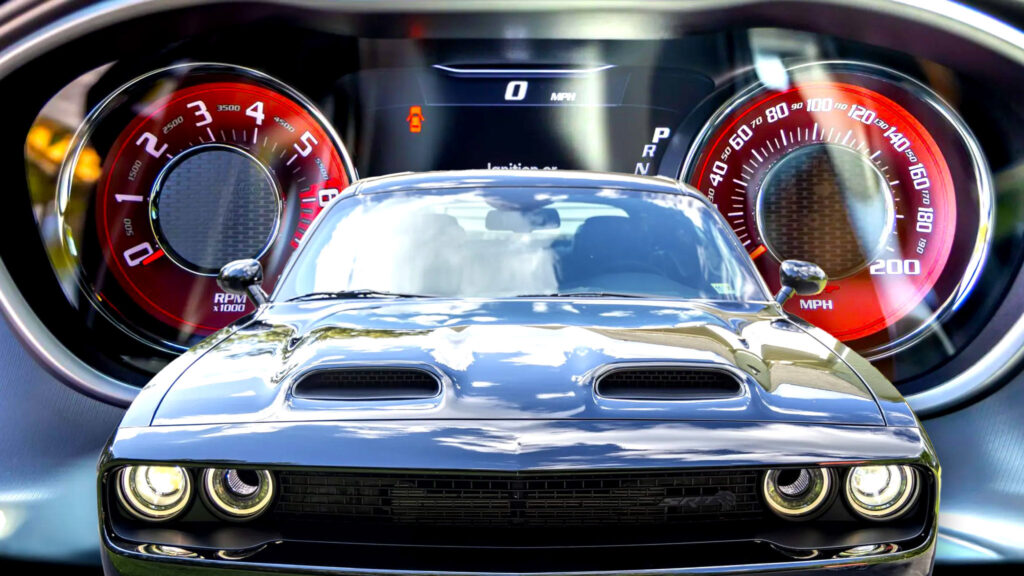
Mercedes 190E Once Owned by Ayrton Senna Hits the Market with F1 History and...
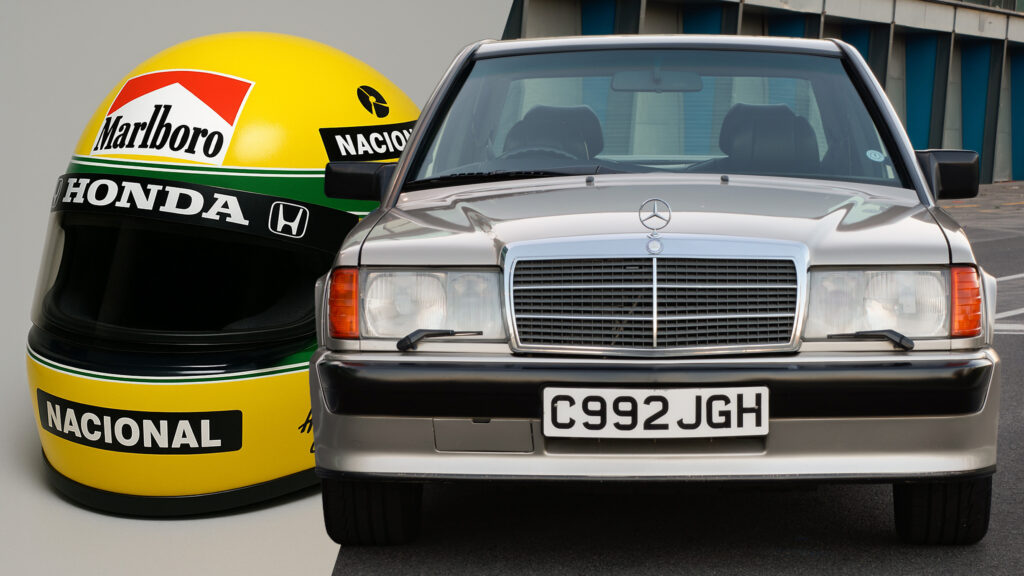
Porsche 911 Manual Could Return in More Models as US Demand Grows
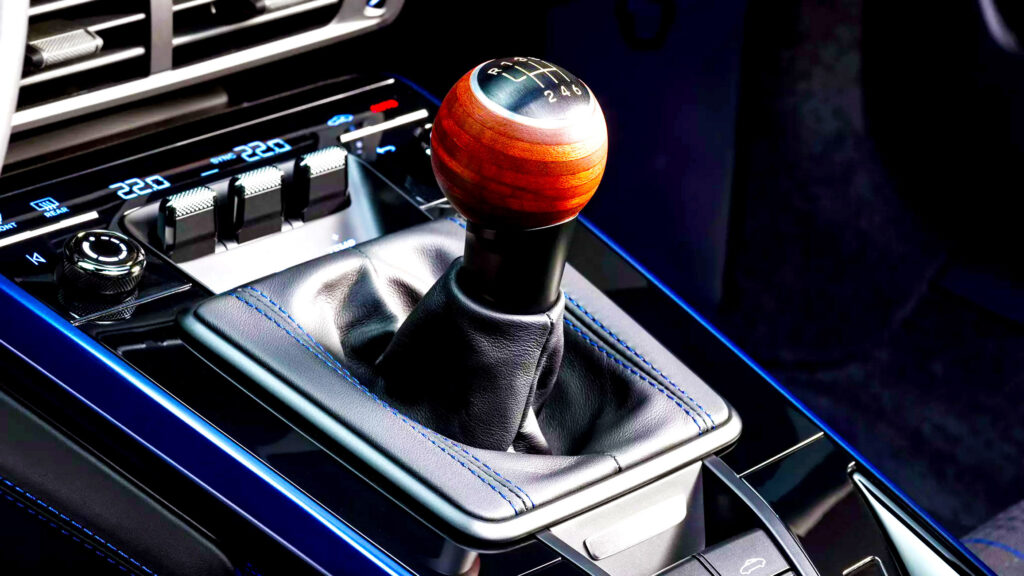
BMW iX5 Hydrogen leads new era with over 300 mile range and bold design
 BMW iX5 Hydrogen will be sold to the public alongside petrol, diesel, PHEV and BEV
BMW iX5 Hydrogen will be sold to the public alongside petrol, diesel, PHEV and BEV
BMW has announced the first official details of the hydrogen X5 SUV that is scheduled for a market launch in 2028.
The arrival of the new FCEV will mean the fifth-generation X5, due on sale next year, will offer BMW’s broadest-ever range of powertrains: petrol, diesel, plug-in hybrid, battery-electric and hydrogen fuel cell.
It has now been revealed in prototype form, with BMW officially confirming it will take the same iX5 name as the BEV variant.
“The launch of the X5 in five drivetrain configurations demonstrates our determination to serve different customer needs globally,” said Joachim Post, the German manufacturer’s R&D boss.
Although heavily camouflaged, the iX5 Hydrogen prototype hints at how the Mk5 X5 will adopt the bold Neue Klasse look that was introduced on the Mk2 iX3 at the recent Munich motor show.
Building on the iX5 Hydrogen test mule that was introduced in 2023, the new prototype uses a third-generation fuel cell stack, developed with Toyota, which is around 25% smaller than the current stack yet delivers greater power density and efficiency.
The system integrates a new high-voltage control unit, dubbed the BMW Energy Master.
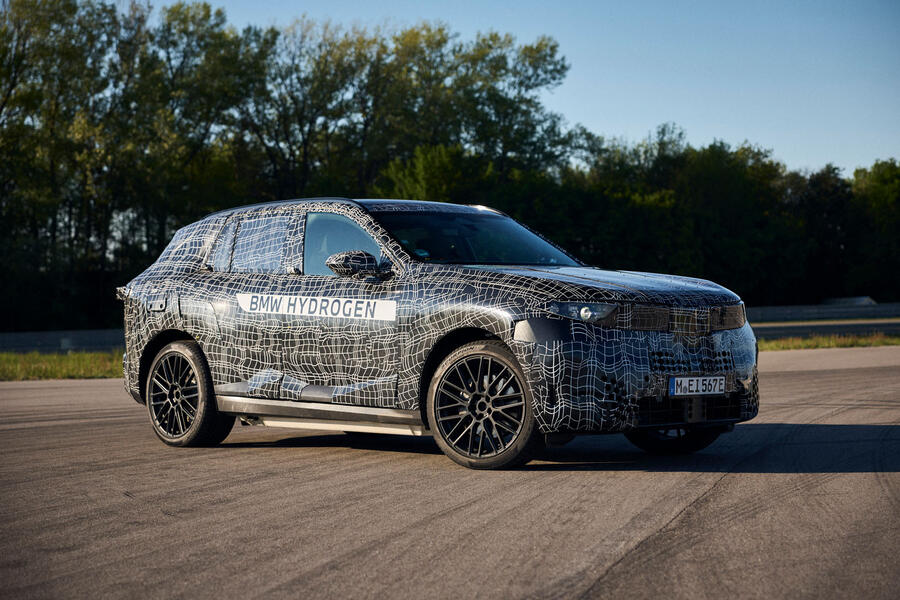
Production of key components is scheduled to begin in 2028 at BMW’s plants in Steyr, Austria, and Landshut, Germany.
Performance targets have not yet been revealed, but BMW said the new system will surpass the outputs of the 2023 FCEV prototype: a 187bhp stack with a 295bhp rear-mounted electric motor for a total of 396bhp and around 313 miles of range.
BMW has yet to confirm full details of the new X5, but it is set to be based on an updated version of the company’s long-running Cluster Architecture (CLAR), rather than the new Neue Klasse EV platform, as used by the iX3.
The battery can clearly be seen packaged within the structure of the new iX5 Hydrogen prototype, supporting this CLAR speculation, as the Neue Klasse platform would have the pack integrated into the floor.
Inside, the prototype is seen to house a full-width head-up display and a 17.9in central infotainment screen, confirming that Neue Klasse design cues will also feature in the cabin.
BMW will phase out its long-running iDrive rotary controller, shifting towards touch and voice operation.
The new iX5 Hydrogen is set to become the first hydrogen car that BMW has ever sold. Along with the previous iX5 FCEV test mule, the company’s only previous such prototype was the 2005 Hydrogen 7, an adapted E65 7 Series that used a bivalent 6.0-litre V12 engine.







